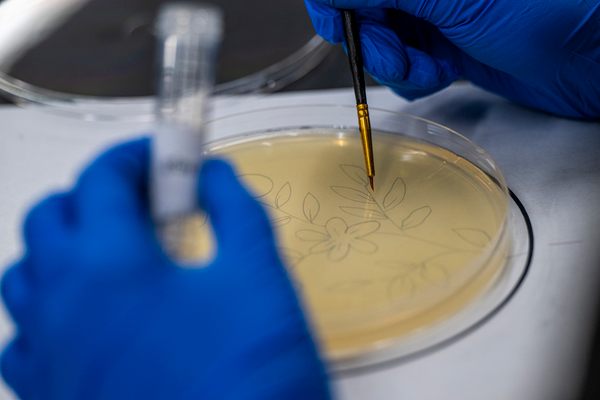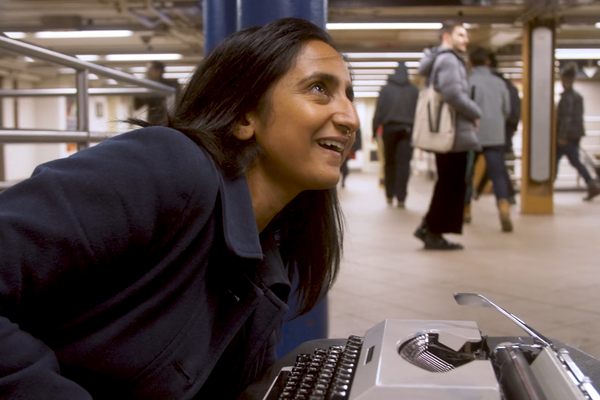How Microbes Commute on the Hong Kong Subway
Meet the smallest straphangers.

Each subway line in a big city can be surprisingly pleasant or expectedly miserable in its own way. Maybe one line always has plenty of seats in clean, new cars. Maybe another is plagued by broken ventilation systems and relentless delays. Researchers from the University of Hong Kong recently wondered about the differences between lines at a much smaller level—the microscopic one.
In the past, scientists have studied the microbes that colonize subway systems in New York, Boston, and Hong Kong by swabbing ticket booths, hand rails, poles, and other oft-touched surfaces. These studies have revealed the hidden geography of the subway, and how it maps onto the world above. In New York, for instance, a team from Weill Cornell Medicine found bacteria species associated with kimchi, mozzarella cheese, and other comestibles, brought in by riders. This time around, the Hong Kong team wanted to know how passengers carry microbes around the system and out with them when they disembark.
The researchers sent six volunteer straphangers into the morning swarm and the evening rush. These folks washed their hands with soap and water immediately before boarding the train, and then clutched rails or poles for 30 minutes at a time. Afterward, their palms were swabbed for DNA. The team cycled through each line three times over the course of three weeks.

Their takeaway, published today in Cell Reports, was that subway lines have different microbial signatures that depend on where they go and the time of day. First thing in the morning, the lines teem with microbes that are geographically specific. The Ma On Shan line, which travels past the brackish Shing Mun Channel, had the most aquatic microbes, while the West Rail line, which goes through the mountainous New Territories, hosted some that flourish at altitudes above 1,000 meters.

In all but the most isolated of these lines, however, those distinct menageries became much more homogenous by the evening. Over the course of the day, “with more and more people using the subway during the day, the microbial communities of all the lines become more similar, dominated by human skin commensal bacteria,” said coauthor Gianni Panagiotou, a systems biologist at the Hans Knoell Institute in Germany and the University of Hong Kong, in a statement. The microbial hitchhikers that riders carry around with them tend to dominate the microscopic world by the end of a long day of commuting. Routine disinfecting resets the microbial community to some extent, starting the cycle over.
Most microbes are harmless, these ones included, but the researchers did detect traces of antibiotic-resistance genes, which help contribute to the ineffectiveness of medication for treating certain infections. By evening, these signals appeared across all of the lines, including the East Rail, which connects to lines serving mainland China, where antibiotic resistance can be a particularly serious concern. There’s no reason to panic, though, as the bacterial load is pretty low and such genes can occur naturally. But, the authors argue, it’s worth thinking about how human movements shape the microscopic world—for better or worse.














Follow us on Twitter to get the latest on the world's hidden wonders.
Like us on Facebook to get the latest on the world's hidden wonders.
Follow us on Twitter Like us on Facebook